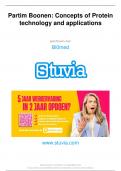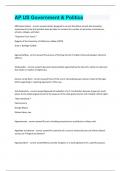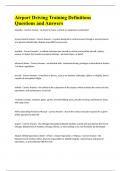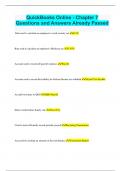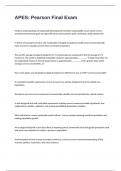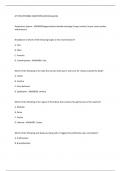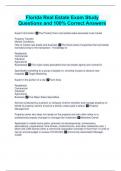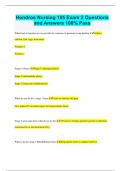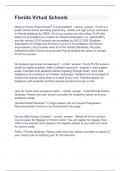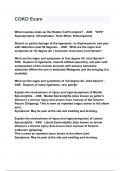Resume
Summary of the course: concepts of protein technology (17/20)
- Établissement
- Universiteit Antwerpen (UA)
This summary contains notes taken during the courses and all information needed to pass the exam (of both professors Van Ostade and Boonen) and information from the slides. Summary and elaboration of all exam questions of the course Concepts of Protein technology and applications (17/20): This is a...
[Montrer plus]
